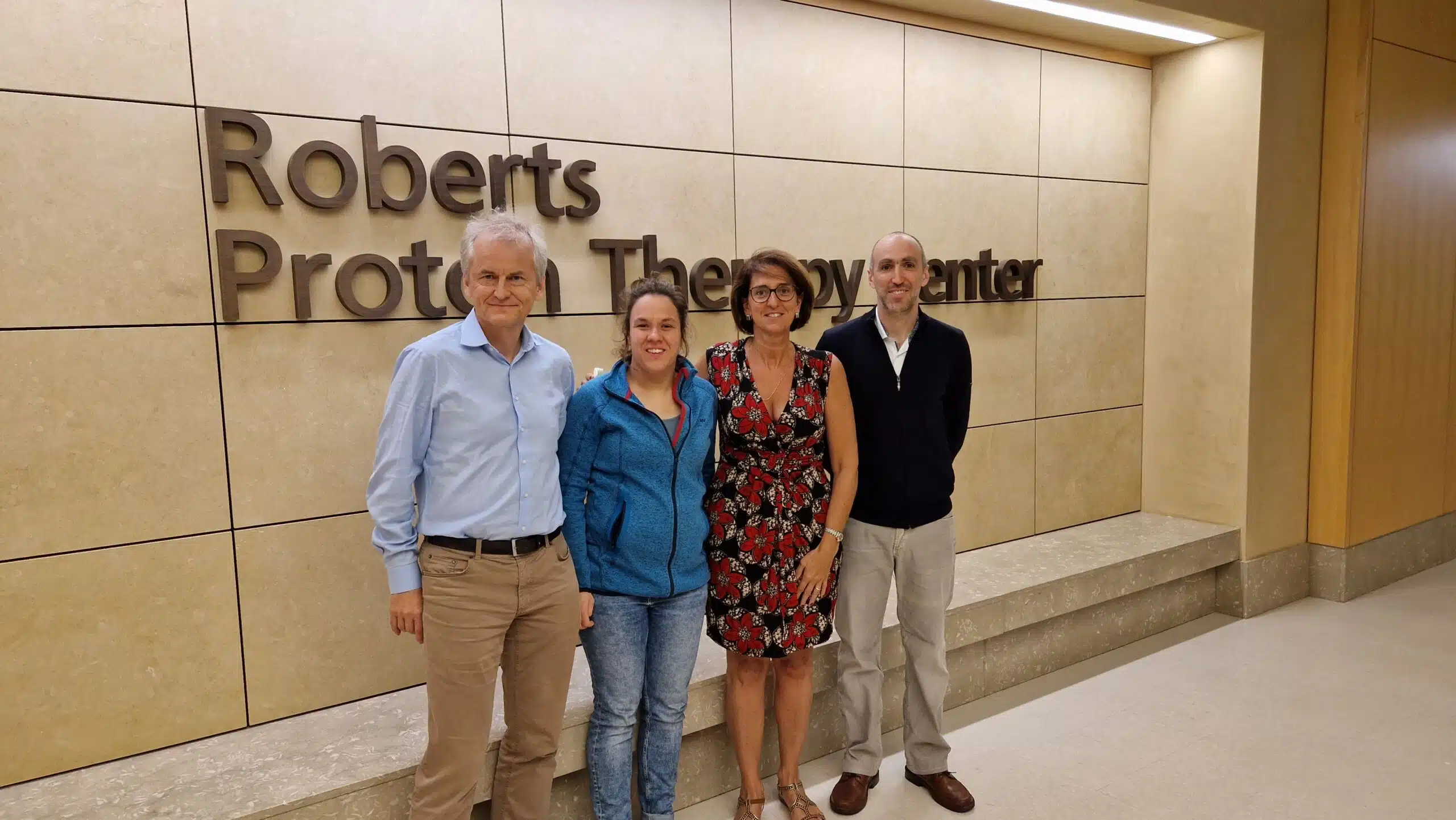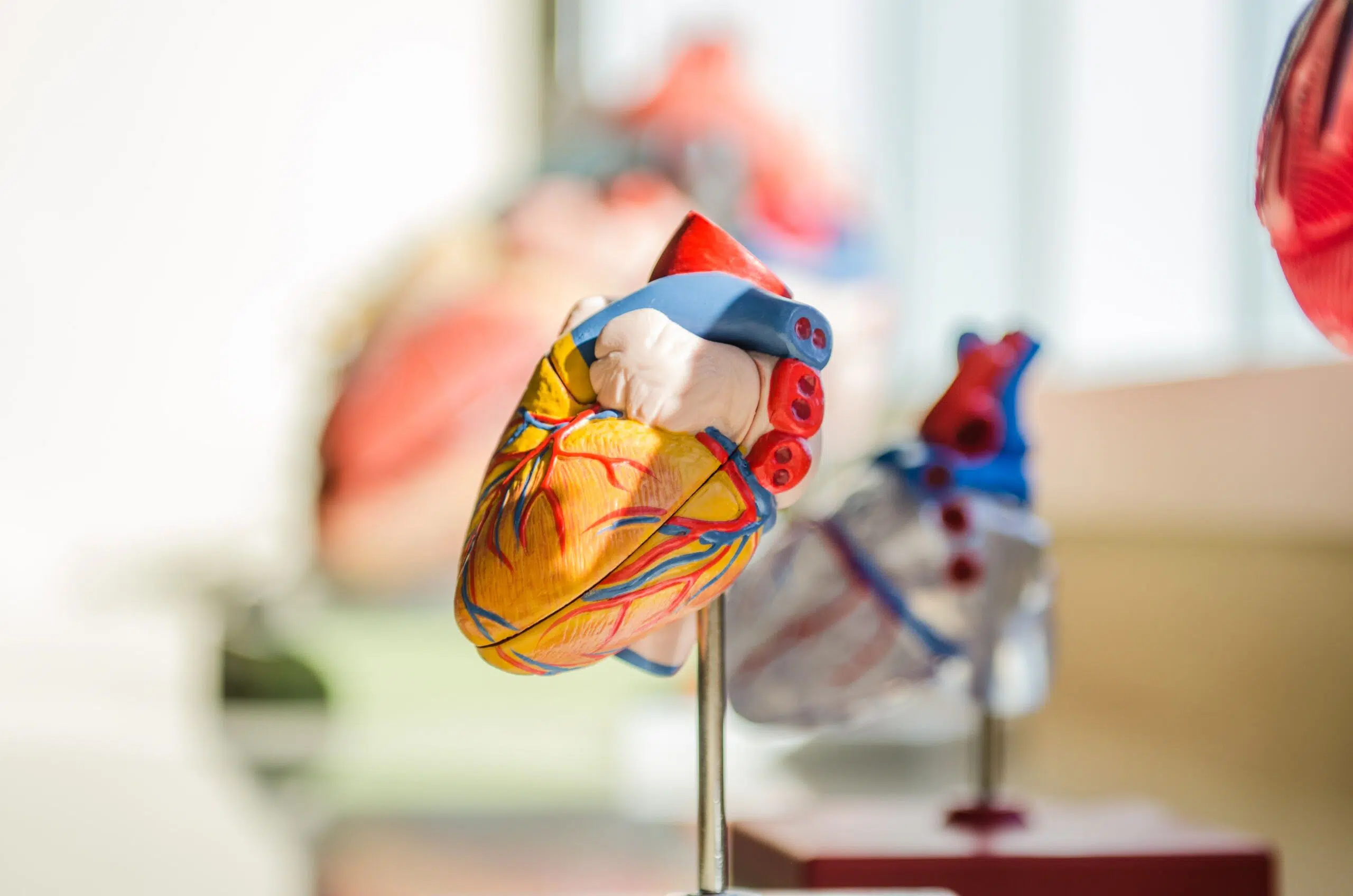The treatment of ventricular tachycardias (VT) still represents an open challenge for cardiology today. The main pillars on which the management of these arrhythmias is based are knowledge of the mechanisms of arrhythmia initiation and maintenance, optimal management of the underlying cardiac pathology, the use of anti-arrhythmic drugs and invasive therapeutic strategies such as trans-catheter ablation and ablative surgery, as well as the prevention of sudden death through implantable devices.
From a formal point of view, VT is defined as evidence of at least three consecutive complexes with frequencies above 100 bpm originating from the ventricular chambers in a manner independent of atrial activation and atrioventricular nodal conduction.
The evolution in the treatment of cardiac arrhythmias shows a natural trend towards increasingly less invasive and more automatic procedures. Arrhythmias, initially operated in open-heart surgery, began at a certain point to be treated with ablation catheters. The technique has now become state-of-the-art for drug refractory patients with structural heart disease.
The difficult scenarios still encountered with this methodology, in particular for patients with ventricular arrhythmias, continue to contribute to strengthening efforts for advances in research in the field of cardiac arrhythmia and especially VT. Various ablation modalities have begun to replace catheter ablation in some clinical cases.
Although the state of the art currently provides for catheter ablation, many patients cannot undergo the aforementioned treatment due to existing co-morbidities and the still very limited success rates of this invasive technique (50-60%). This is because the cause often cannot be eliminated with existing solutions and, in addition to this, trans-catheter ablation is associated with serious complications (in 10-15% of cases), including interventional risks such as silent embolic events, vessel or heart perforation.
The choice of therapy
Moreover, the choice of the best therapeutic strategy for ventricular arrhythmias cannot ignore the fact that one must treat the ‘patient’ with the arrhythmia and not only the arrhythmia itself. In addition to the arrhythmia itself, It is therefore necessary to evaluate the patient’s clinical condition and the possible presence of other conditions that may contribute to the arrhythmia’s genesis or exacerbate its manifestations, and to assess the risk-benefit balance of the various therapeutic options.
In accordance with the European Society of Cardiology guidelines on ventricular arrhythmias and the prevention of sudden death, the main pillars on which the management of these arrhythmias is based are the optimal management of the underlying cardiac pathology, the use of anti-arrhythmic drugs, invasive therapeutic strategies such as trans-catheter ablation and ablative surgery, and the use of implantable devices.
Precisely for these reasons, stereotactic body radiotherapy with photon therapy targeting the substrate areas of ventricular tachycardia has become a viable alternative to catheter ablation.
The possibility of exploiting ionising radiation in the treatment of arrhythmias is the result of important cultural and technological advances achieved in the fields of radiation oncology, multimodal cardiovascular imaging and electrophysiology, as well as collaboration between professionals with expertise in each of these fields. Conventional radiotherapy is a well-established method in the field of oncology that consists of irradiating tumour tissue with high-energy X-rays delivered by a linear accelerator in its most frequently applied form.
In the specific field of arrhythmias, radiotherapy is administered to create myocardial fibrosis in localised areas in the ventricular myocardium. After promising results in a small series of patients who had failed conventional therapy, radiotherapy showed good efficacy with acceptable safety (no acute toxicity and treatable pericarditis and heart failure) in a phase I/II study.
In parallel with radiotherapy, Proton Beam Therapy is also being evaluated as a possible treatment for ventricular tachycardia. Such proton therapy can deliver an ablative dose of radiation in a very precise manner; the treatment requires a system to non-invasively identify the target myocardium and take into account movement in real time. The feasibility of the therapy was demonstrated in a first patient. A patient with a severe form of ventricular arrhythmia being treated at the Policlinico San Matteo in Pavia was treated with protons at the CNAO in Pavia, Centro Nazionale di Adroterapia Oncologia. On 13 December 2019, at the request of Policlinico San Matteo di Pavia, the patient underwent proton hadrontherapy treatment, performed at CNAO in a single session in which a beam of protons hit the ‘site’ of the arrhythmia. After the operation, the patient was kept under close monitoring at the UTIC of San Matteo without any recurrence of the treated arrhythmia and without any further episodes of cardiac arrest. After an initial monitoring phase, the patient was then discharged from Cardiology in good general condition, in good cardiovascular compensation, and was transferred to a rehabilitation ward close to home.
The most critical aspect for this type of treatment is certainly related to the cost and spread of proton therapy centres. Setting up a protontherapy room can involve an investment of several million euros and related costs for the maintenance and management of the equipment needed to operate it.
Despite the high costs of a proton therapy centre (although steadily decreasing due to technological advances), the non-invasiveness, the highest level of precision targeting, the minimisation of side effects, and the increased life expectancy of patients, suggest an increasing shift towards the use of proton therapy.
Around the world, the use of proton therapy for cancer treatment is growing and, consequently, so is the investment in proton centres. In October 2021, the Amancio Ortega Foundation donated EUR 280 million to the Spanish Ministry of Health for the purchase of ten proton therapy devices, the most advanced cancer treatment. Focusing on Italy alone, there are already three centres in operation (Catania, Pavia, Trento) and as many in planning.
From a strictly safety point of view, the high cost is therefore offset by the efficacy, improved quality of life and reduced costs associated with the treatment of advanced disease, and possible access to reimbursability by the healthcare system by virtue of long-term efficacy.

EBAMed Team
EBAMed perspectives.
EBAMed, a Swiss company established in 2018, is currently developing a medical device to enable non-invasive cardiac motion imaging and therapeutic beam synchronisation. This device consists of hardware and software components that enable real-time tracking of the cardiac target during radio-ablation of cardiac tissue and full control of the external beam.
Essentially, it is an automatic ultrasound image acquisition system combined with an artificial intelligence algorithm for real-time monitoring of cardiac motion in patients with a history of ventricular arrhythmias:
EBAMed’s technology is an addition to existing radiotherapy systems and will provide precise targeting, saving more than 25 per cent of non-target tissue. By reducing the dose and eliminating the effects of radiation on the healthy myocardium and neighbouring organs at risk, it increases patient safety and reduces treatment complications such as toxicity and reduced cardiac ejection fraction (which is linked to patient mortality).
EBAMed identified a unique opportunity to create a new market segment: the market for cardiac proton therapy for the treatment of patients with cardiac arrhythmia.
In particular, the market for Ventricular Tachycardias included more than 5 million sufferers (prevalence) and about 900,000 new cases per year (incidence) in 2022. If left untreated, VTs can lead to heart failure, ventricular fibrillation and sudden cardiac death.
Thanks to the protection afforded by its intellectual property and the partnerships established over the years, including that with the Mayo Clinic-investor present in the shareholding structure, EBAMed intends to exploit the advantage of being a ‘first mover’ in the field of proton therapy of ventricular ablation.
The market will have several players who will benefit from the solution developed by EBAMed:
- Patients will benefit from an outpatient procedure requiring no hospitalisation or sedation and it is not associated with acute pain;
- Doctors will be able to treat five times the current quota of patients in one day;
- Hospitals will benefit from more time for electrophysiologists and more free beds for other patients;
- Lower operational risks;
- Proton therapy centres will be able to increase the patient ‘profitability’ of their proton therapy machine and thus recover the initial investment cost more quickly;
- The radiotherapy machine manufacturer will be able to offer an alternative and incremental solution and treatment for its machine, lowering the overall costs and facilitating a return on investment for its customers;
- Health insurance providers will benefit from a reduction in the overall and long-term health care costs of TV patients due to higher success rates and fewer complications
Leading industry experts interviewed believe that the technology can change the way ventricular cardiac ablations are treated. Despite the high costs of a proton therapy centre, the aspects highlighted, combined with the difficulty of treating an organ like the heart, which is difficult and constantly moving, make EBAMed technology a real key to the marriage of proton technology and the heart as a target clinical indication.
From a strictly investment opportunity point of view, considering the current evolution and focus on technologies in the cardiac field, the successful exits and experience in the sector by the management and the trend of acquisitions in recent years, EBAMed could represent an interesting acquisition opportunity already in the short to medium term by several industrial players at the end of the First in Human (FIH) phase.




